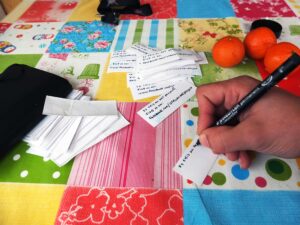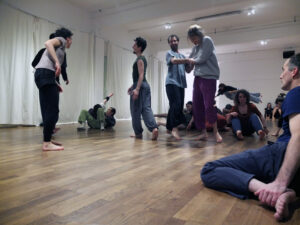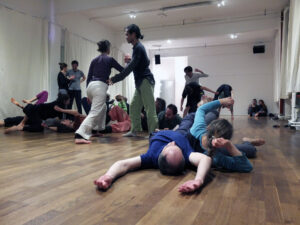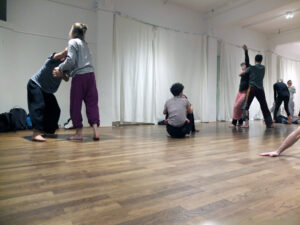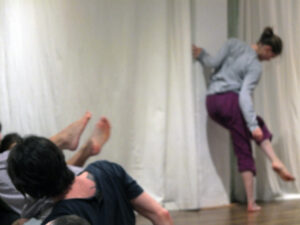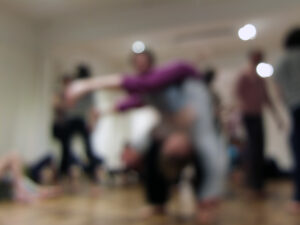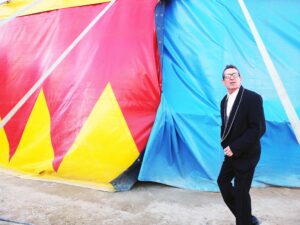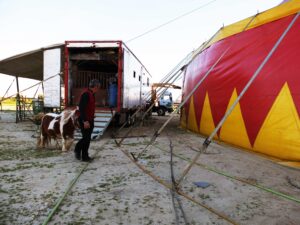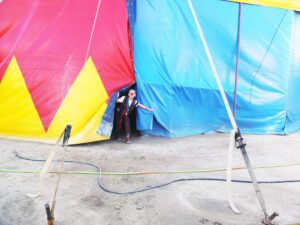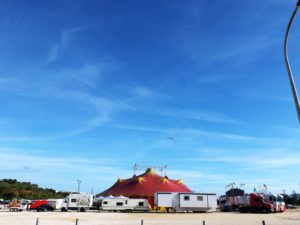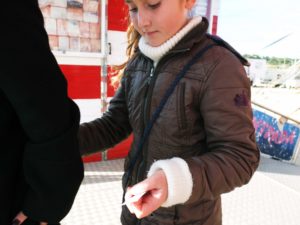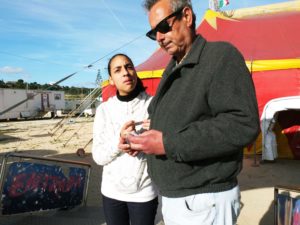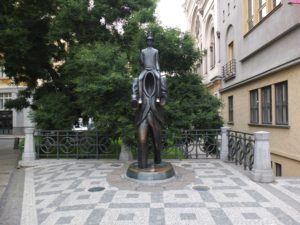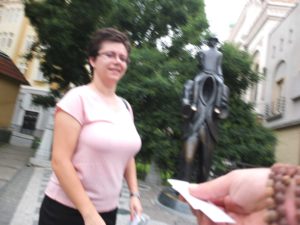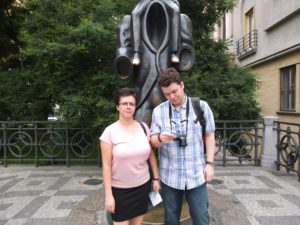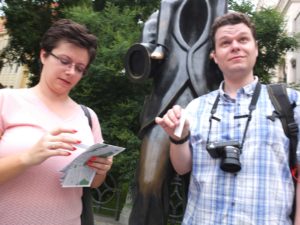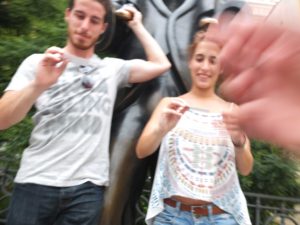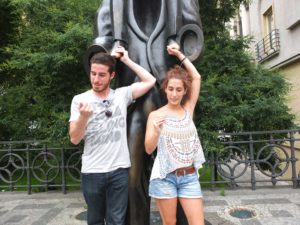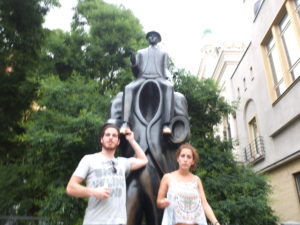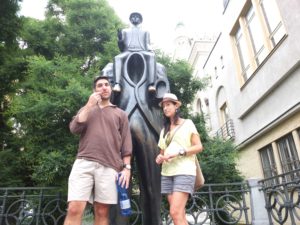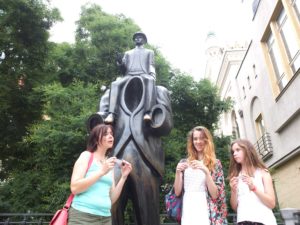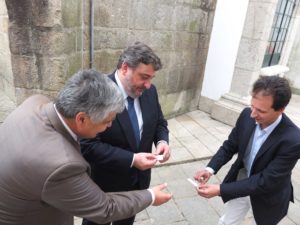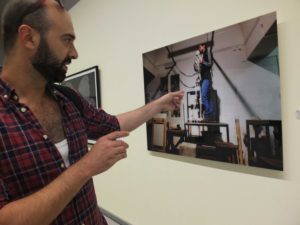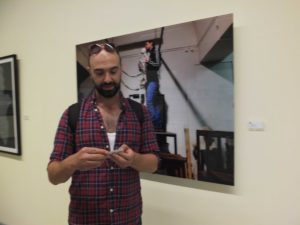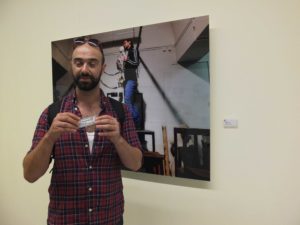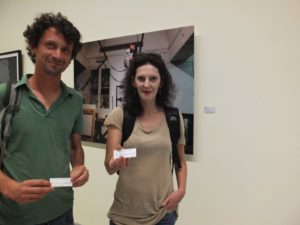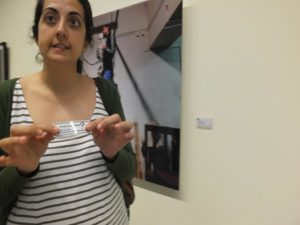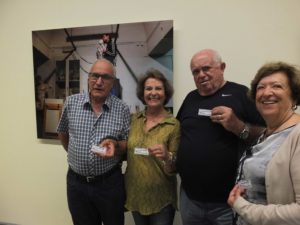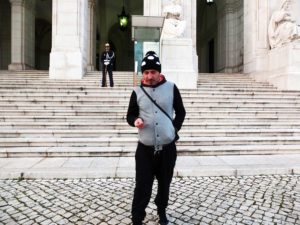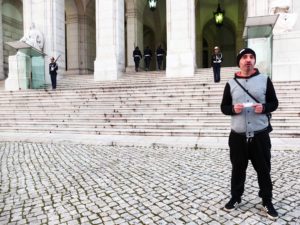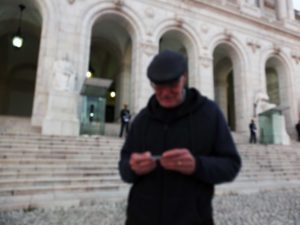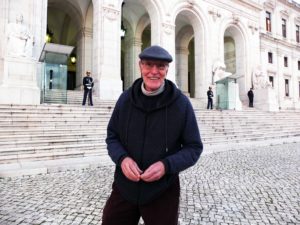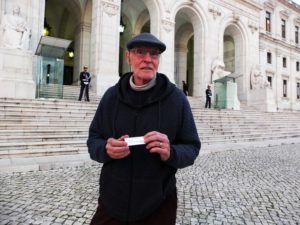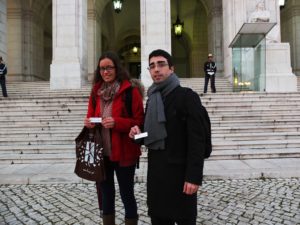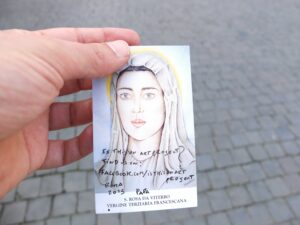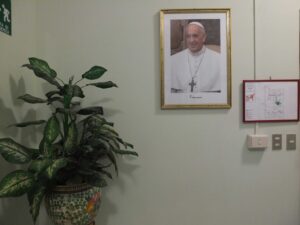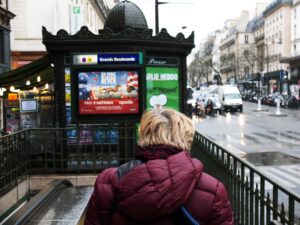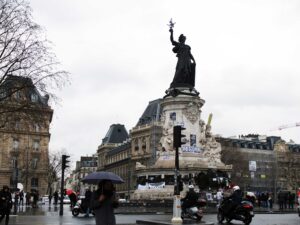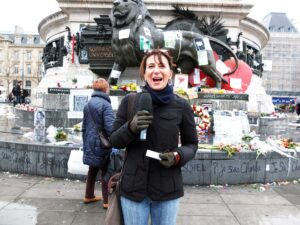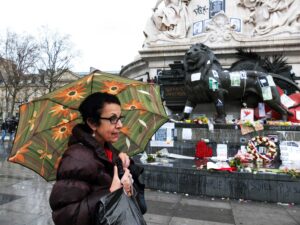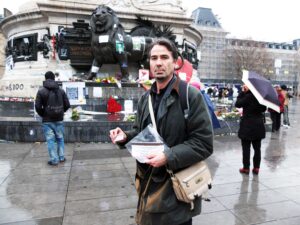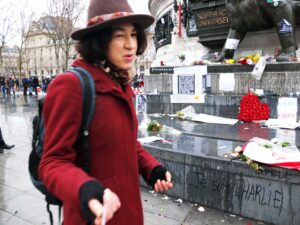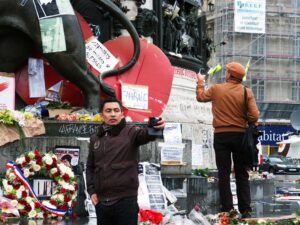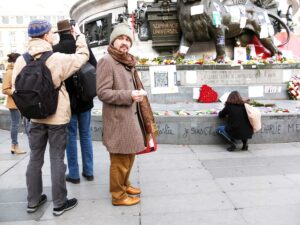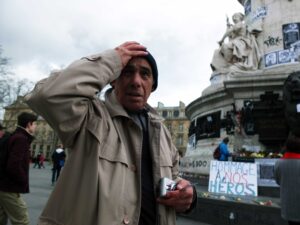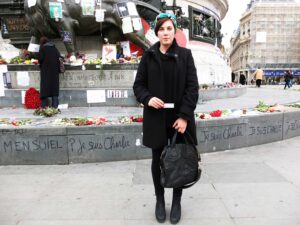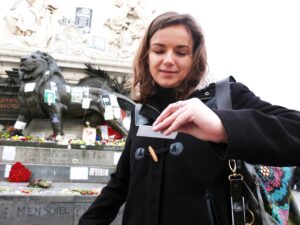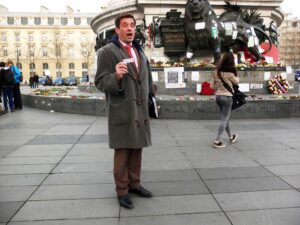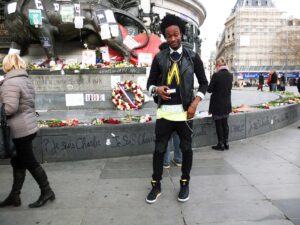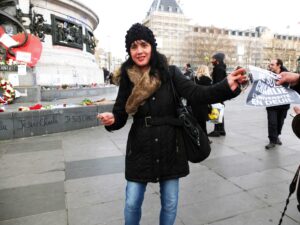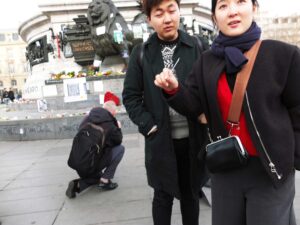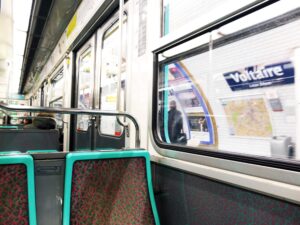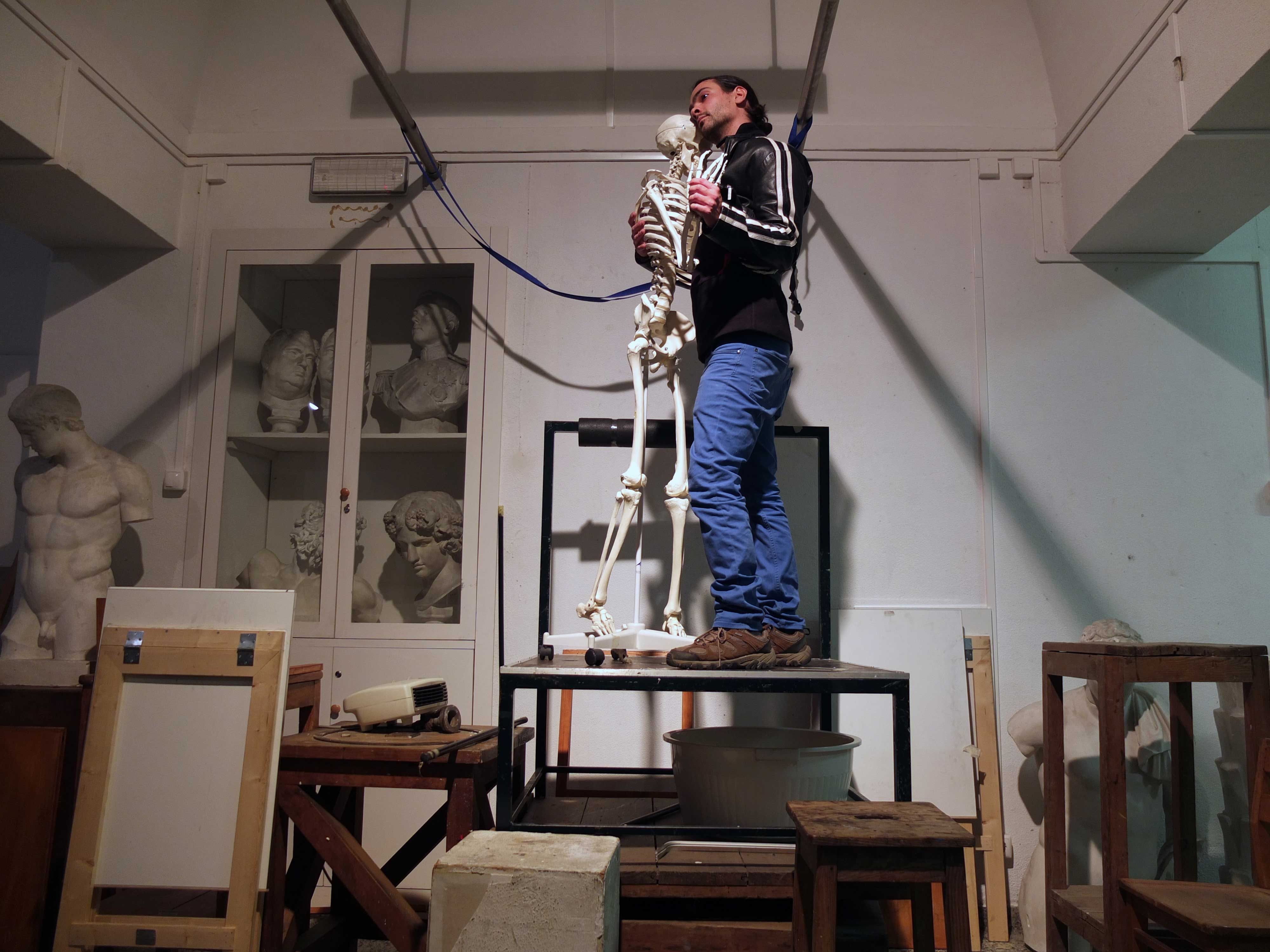
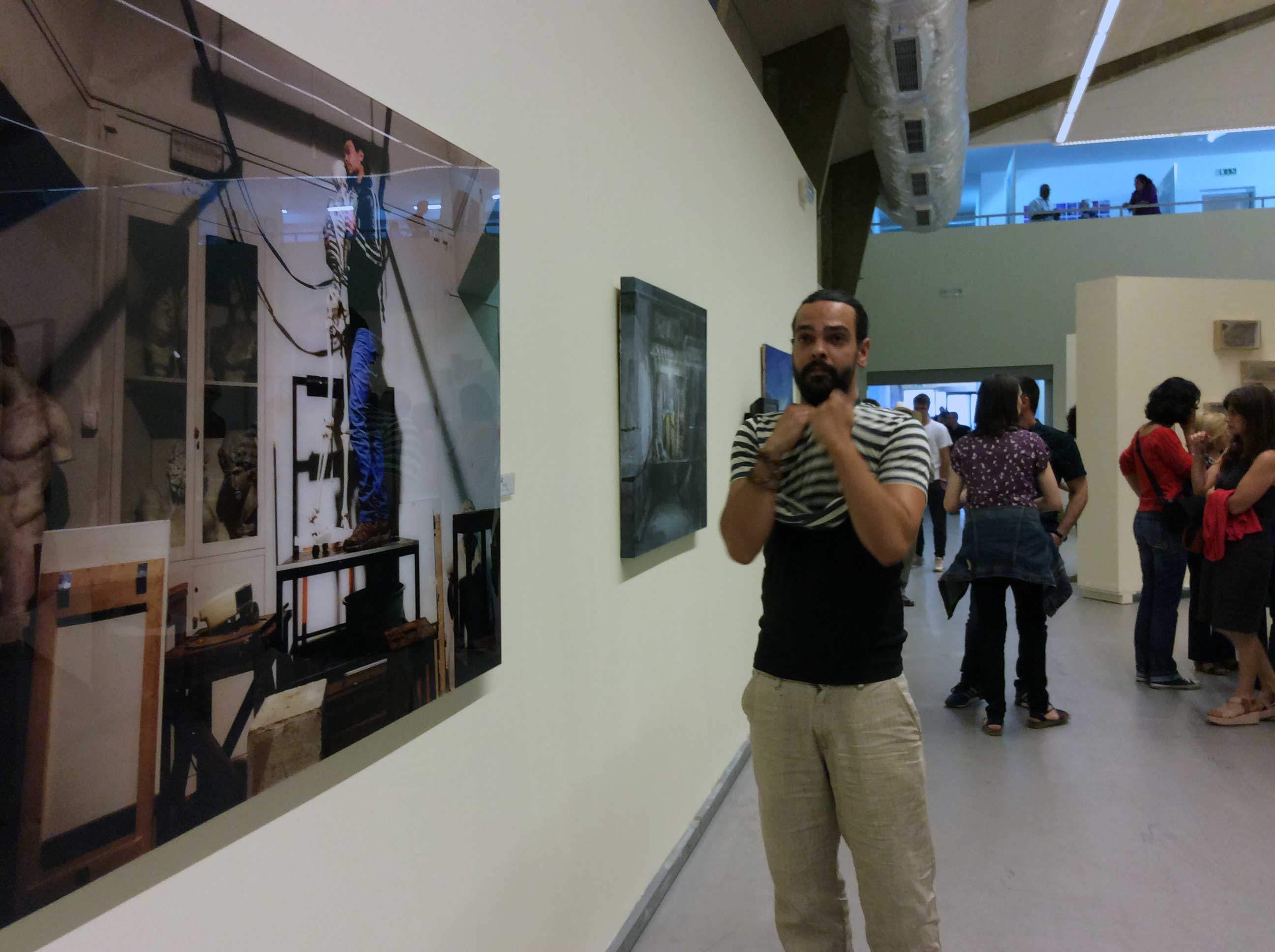
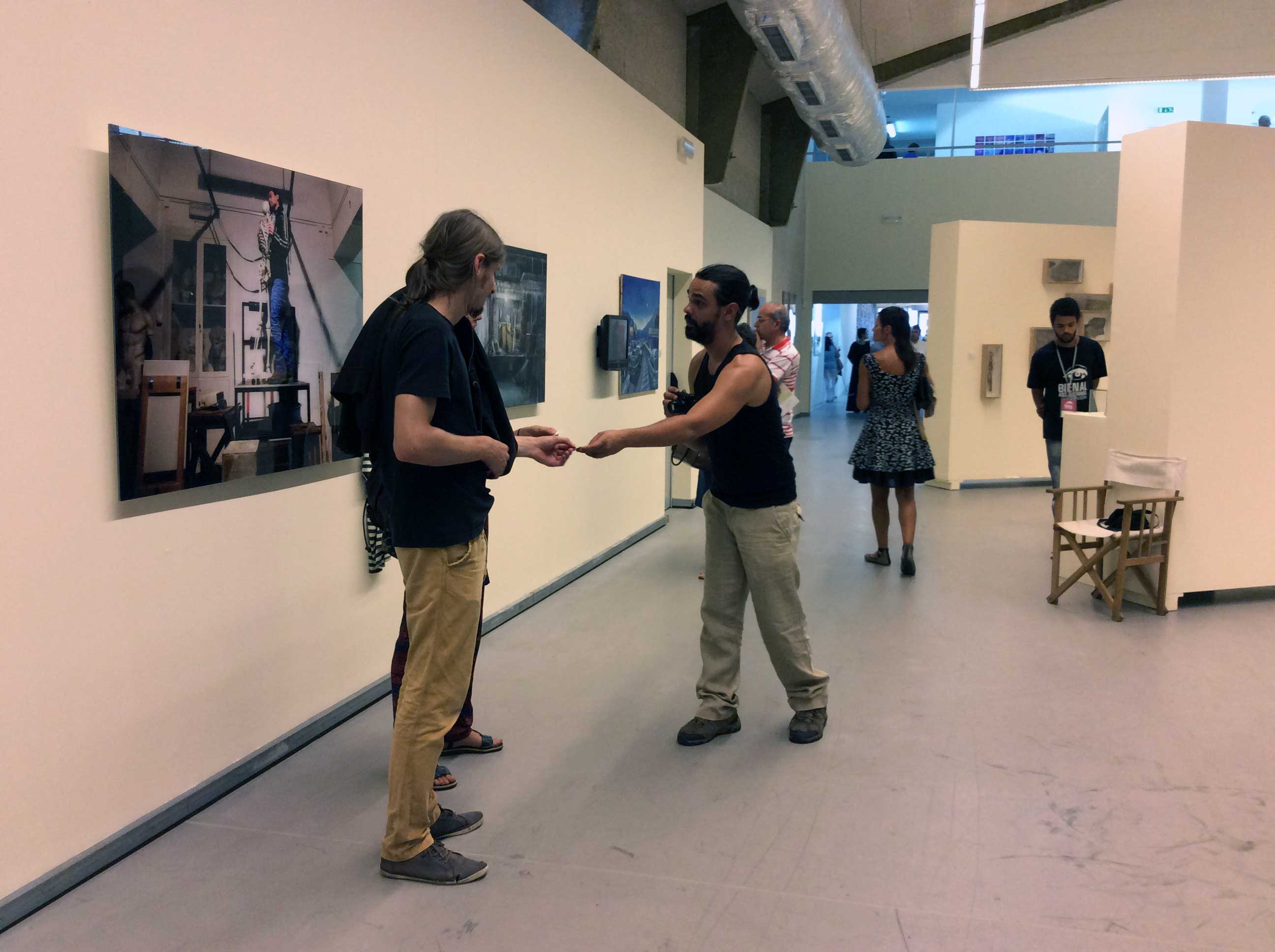
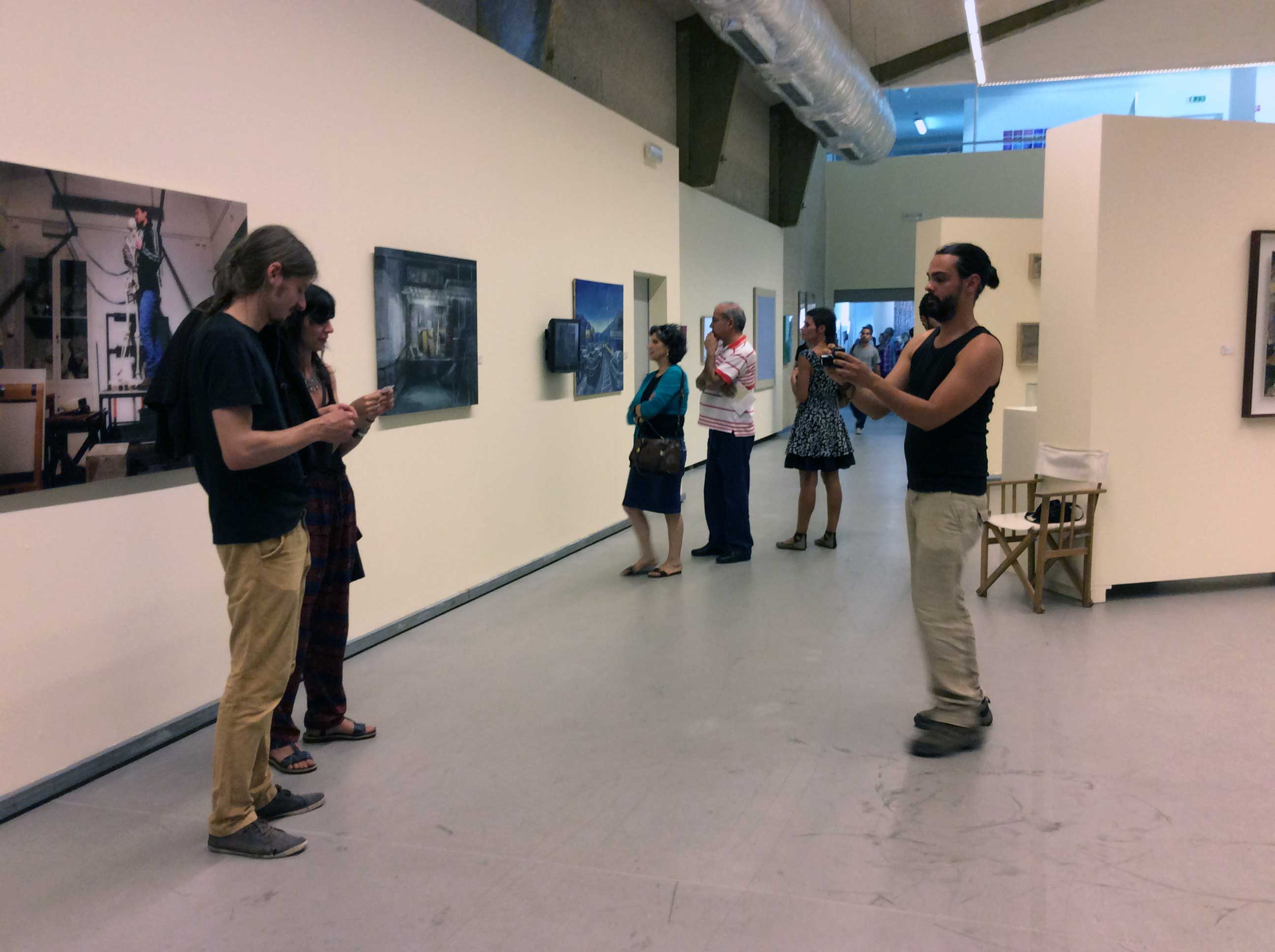
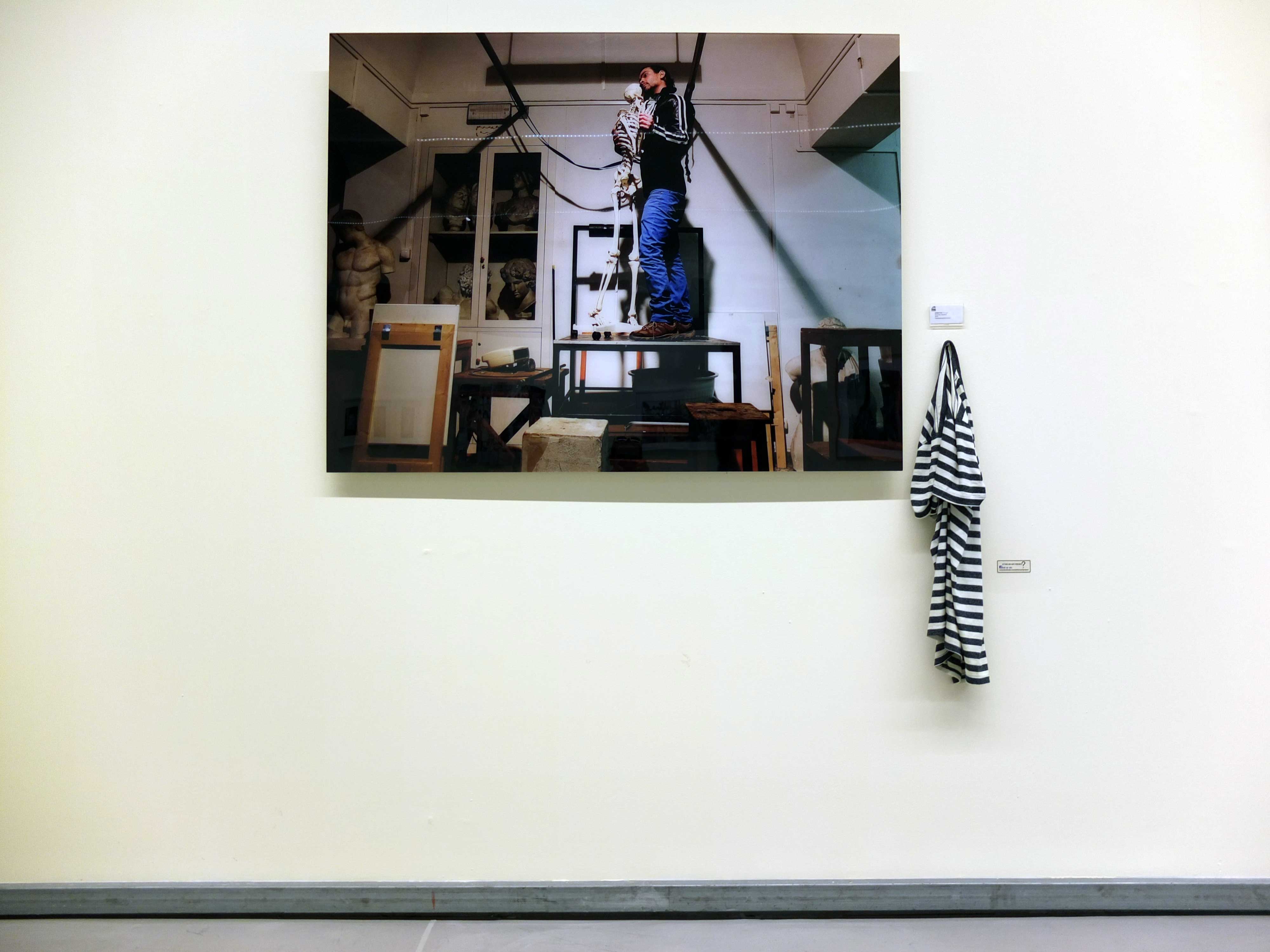
This documentation of a performance art piece delves into the profound and lingering impact of colonialism in Africa, contrasting its painful history with the electrifying, life-affirming power of African dance. The performance, through movement and expression, embodies both the artist's personal reckoning with mortality and the collective strength of a people who have endured oppression. It becomes a visceral meditation on death, rebirth, and cultural resilience, offering an evocative portrayal of survival, identity, and the unbreakable spirit of a community.
Remark
In a world saturated by images and driven by consumption, the act of image-making occupies a complex and often contradictory space. As a contemporary artist, one must confront the reality that every image created enters an ecosystem already overflowing—billions of photographs, advertisements, videos, and digital renderings scroll past us daily, consumed and discarded in fractions of seconds. This saturation changes the role of the artist fundamentally: the question is no longer just what to create, but why, and how.
Images today are deeply entangled with capitalism, algorithms, and the immediacy of digital platforms. They are commodities, data points, tools of persuasion. This raises an urgent tension for me, the artist: how can an image resist its inevitable absorption into this system of consumption? How can it hold space for reflection, for pause, for critique? Art, in this context, becomes less about producing "new" images and more about interrogating the flood of existing ones. It is about carving out moments where an image does not demand to be consumed, but instead asks to be contemplated, felt, or challenged.
Moreover, in this saturation, the function of the image has shifted. Images no longer just represent reality; they construct it. Social media aesthetics shape identities, politics are performed through spectacle, and brands sell lifestyles more than products. For me, this creates both a burden and an opportunity: the burden of navigating a world where images are always ideological, always implicated; and the opportunity to subvert these systems, to reveal their mechanisms, or to reclaim images as spaces of personal or collective meaning.
But I must also confront my own complicity. To make images is to participate in the same economy of attention that art often critiques. Perhaps the most radical position is to embrace slowness, ambiguity, or impermanence—to create work that resists easy categorization, commodification, or instant interpretation. My images refuse the polished perfection of consumer culture, instead foregrounding process, imperfection, or even failure, as a way of reclaiming authenticity in an inauthentic world.
My role as an image-maker in a saturated world is not to add to the noise, but to ask: What can this image do that no other image is doing right now? What does this image make us confront about ourselves, our desires, or our world? Art becomes a tool for recalibrating our relationship to the visual, reminding us that images are not just objects to be consumed, but forces that shape how we see, feel, and act in the world. In a time of excess, my most vital images might be those that resist consumption altogether.
Comentário
Num mundo saturado de imagens e movido pelo consumo, o ato de criar imagens ocupa um espaço complexo e frequentemente contraditório. Como artista contemporâneo, é necessário confrontar a realidade de que cada imagem criada entra num ecossistema já transbordante — bilhões de fotografias, anúncios, vídeos e renderizações digitais passam diante de nós todos os dias, consumidos e descartados em frações de segundo. Esta saturação muda, de forma fundamental, o papel do artista: a questão já não é apenas o que criar, mas porquê e como.
As imagens hoje estão profundamente entrelaçadas com o capitalismo, os algoritmos e a imediaticidade das plataformas digitais. São mercadorias, pontos de dados, ferramentas de persuasão. Isso levanta uma tensão urgente para mim, o artista: como pode uma imagem resistir à sua inevitável absorção neste sistema de consumo? Como pode ela manter espaço para reflexão, pausa ou crítica? A arte, neste contexto, torna-se menos sobre produzir “novas” imagens e mais sobre interrogar a enxurrada das existentes. Trata-se de criar momentos em que uma imagem não exija ser consumida, mas em vez disso, peça para ser contemplada, sentida ou desafiada.
Além disso, nesta saturação, a função da imagem mudou. As imagens já não representam apenas a realidade; elas a constroem. A estética das redes sociais molda identidades, a política é performada através do espetáculo e as marcas vendem estilos de vida mais do que produtos. Para mim, isso cria tanto um fardo quanto uma oportunidade: o fardo de navegar num mundo onde as imagens são sempre ideológicas, sempre implicadas; e a oportunidade de subverter esses sistemas, de revelar os seus mecanismos, ou de reclamar as imagens como espaços de significado pessoal ou coletivo.
Mas também preciso confrontar a minha própria cumplicidade. Criar imagens é participar na mesma economia de atenção que a arte frequentemente critica. Talvez a posição mais radical seja abraçar a lentidão, a ambiguidade ou a impermanência — criar um trabalho que resista à categorização fácil, à mercantilização ou à interpretação instantânea. As minhas imagens recusam a perfeição polida da cultura de consumo, em vez disso, destacando o processo, a imperfeição ou até o fracasso, como uma forma de recuperar a autenticidade num mundo inautêntico.
O meu papel como criador de imagens num mundo saturado não é adicionar mais ruído, mas perguntar: O que pode esta imagem fazer que nenhuma outra imagem está a fazer neste momento? O que é que esta imagem nos faz confrontar sobre nós mesmos, os nossos desejos ou o nosso mundo? A arte torna-se uma ferramenta para recalibrar a nossa relação com o visual, lembrando-nos de que as imagens não são apenas objetos a ser consumidos, mas forças que moldam como vemos, sentimos e agimos no mundo. Numa era de excesso, as minhas imagens mais vitais podem ser aquelas que resistem ao consumo por completo.




